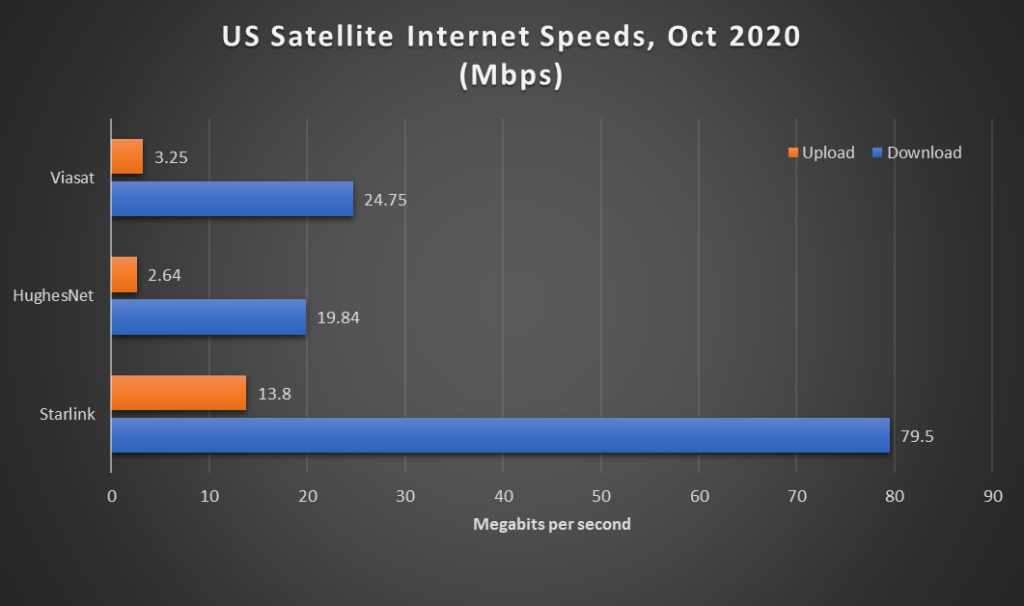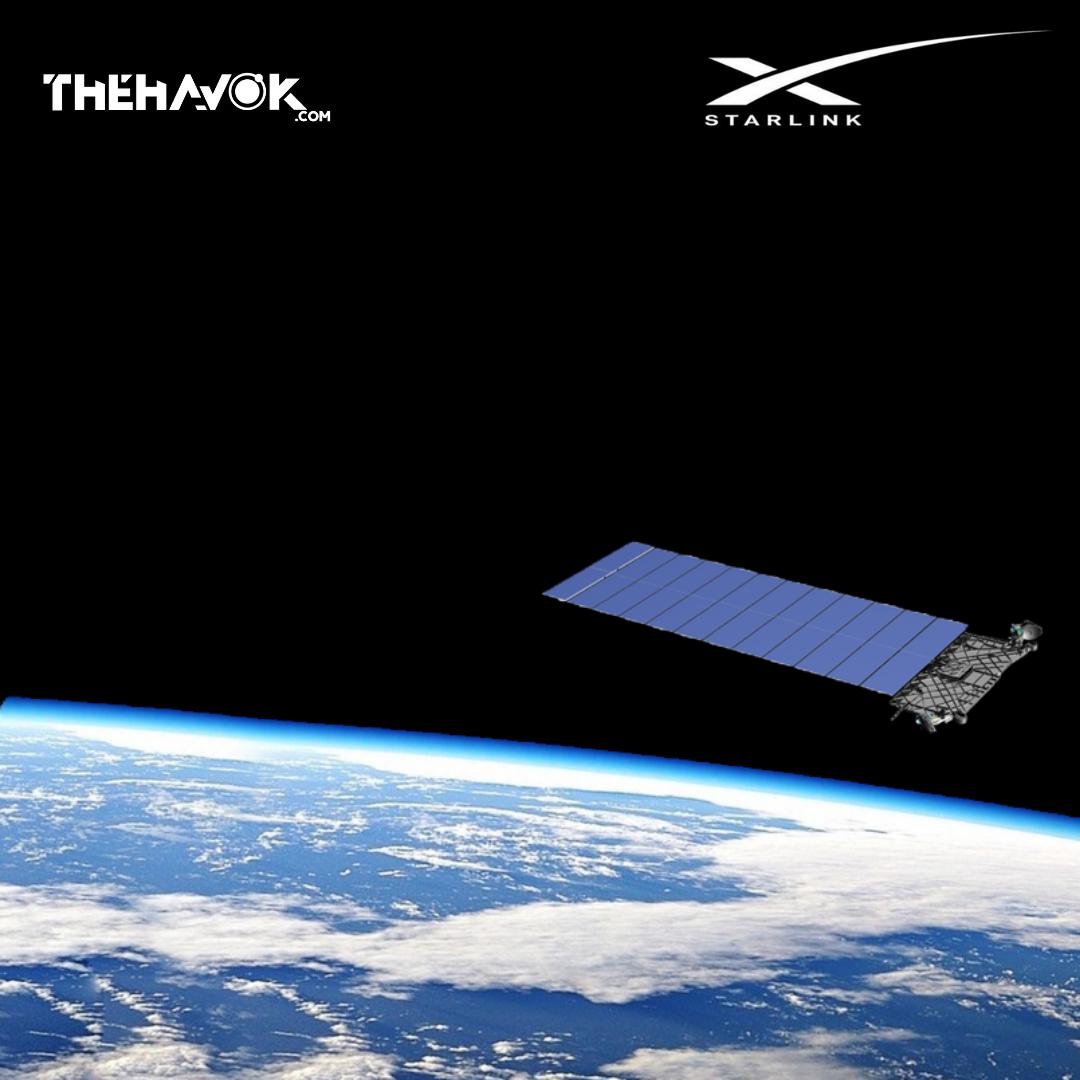We all know about the famous billionaire Elon Musk, from maybe his electric car company, Tesla and his space exploration company, SpaceX or through his tweets on Twitter or just as one of the richest man on Earth. But then many don’t know about his less known venture Starlink, which aims at providing internet connections to almost anyone on the planet by growing a network of private satellites orbiting overhead.
But the internet service is followed with a lot of controversies with members of the science community raising concerns about its impacts on the night sky visibility and also the ever increasing concern of space junk/debris.
Before we go any further, we’ll need to understand what Starlink is all about.
All you need to know about Starlink?
Starlink is a satellite internet constellation being constructed by SpaceX aiming to provide fast and low latency internet access to everyone.. The constellation will consist of thousands of mass-produced small satellites in low Earth orbit, which communicate with designated ground transceivers. Starlink currently provides internet speeds between 50-150 Mbps with latency of 20-40 milliseconds in most locations of its service.

Back in 2015, SpaceX announced its plans to launch a satellite internet service called Starlink and in February 2018, it successfully launched its first prototype satellite. They didn’t stop there and in April 2019, Starlink got approval from the US Federal Communications Commission (FCC) to launch 12,000 to its orbit.
But later that year extended the count to 42,000 satellites. This led to FCC awarding SpaceX with a grant fund of nearly $900 million which was federal subsidies to support rural broadband through the company’s Starlink satellite Internet network. SpaceX won subsidies to bring service to customers in 35 U.S. states.

Starlink’s progress didn’t stop there and seemed to have accelerated a lot in 2021. In January, after 3 years of successful launches, the project crossed more than 1,000 satellites delivered to orbit and now in June, SpaceX says the numbers are about 1,800. The biggest announcement came out on 23 June 2021, when SpaceX President Gwynne Shotwell said that Starlink will expect to get global coverage by the end of this Fall 2021, though they still need to seek regulatory approval.
In recent reports, it is believed that Starlink will capture a part of the estimated $1 trillion worldwide internet connectivity market. A few speculations added that this project might help fund Elon Musk’s Mars Colonization plan.
Providing Fast Internet to Everyone
In a statistics on world active internet users for January 2021, it showed about 4.66 billion people are active internet users which is only about 60% of the total world population. And as the pandemic gave way to a digital world, where we saw schools and universities going towards online classes and companies going to a work from home atmosphere. But with many not having access to proper internet, they were just left disconnected from the world. Making this new venture in satellite broadband a new revolution to the way we use the internet.

Starlink has begun accepting pre-orders from customers interested in joining the company’s “Better Than Nothing” beta program. The cost of the service is billed at $99 per month, plus taxes and fees and also an initial payment of $500 for the mountable satellite dish and router that you’ll need to install at home.
Many sources have added that Starlink will further reduce the prices of its initial payment of $500 to as low as $250 as the company increases the no. of customers and their coverage area. As for the plans no proper details are issued yet.
Starlink provides the service with unlimited data usage with speeds of about 50-150 mbps depending on the region. Also the company is planning to double up the top speeds to 300 Mbps by the end of 2021 which was tweeted by SpaceX CEO, Elon Musk in February.
For now, services are limited to the northwest US, adjacent parts of Canada, parts of the UK and few other select areas, but the coverage map will grow gradually as more satellites join the constellation. Starlink will likely need at least 10,000 satellites in orbit before it can claim to offer full service to a majority of the globe.
Starlink plans to reach global coverage by the end of this year. As for when will it be coming to India, the Starlink website mentions that its expected to reach by next year. (Click Here to check when will Starlink reach ur area)
Competition and Concerns
Stalink’s ever growing number of satellites is causing its competitors like Viasat, HughesNet and Amazon’s Project Kuiper to take notice with a few of them filing lawsuits to halt Starlink’s tracks.

Recently, Viasat has asked the FCC to stay the “effectiveness” of a recent order granting SpaceX’s application to modify plans for its LEO satellite broadband constellation. According to Viasat, the FCC violated the National Environmental Policy Act (NEPA) by failing to assess the environmental impact of deploying thousands of low earth orbit (LEO) satellites and having those satellites eventually disintegrate into the atmosphere.
In February 2021, the National Rural Electric Cooperative Association (NRECA) pressured the U.S. Federal Communications Commission (FCC) to “actively, and aggressively, and thoughtfully vet” the subsidy applications of SpaceX and other broadband providers. SpaceX had previously been approved to receive nearly US$900 million for a commitment to provide service to 642,925 locations in 35 states as part of the Rural Digital Opportunity Fund (RDOF)
A few other major concerns are Starlink’s connection with Space Junk and Light Pollution, which we;ll talk about in more detail in the next article, so stay tuned.



